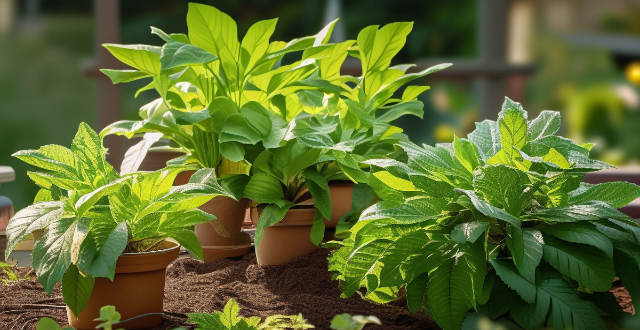Reviving a dying indoor plant requires patience, care, and attention to detail. Here are some steps you can take to help your plant recover: Identify the problem, adjust watering schedule, provide adequate sunlight, fertilize appropriately, prune dead leaves and stems, repot if needed, monitor for pests and diseases, maintain humidity levels. By following these steps and providing regular care and attention, you can revive a dying indoor plant and help it thrive once again.

How to Revive a Dying Indoor Plant
Reviving a dying indoor plant requires patience, care, and attention to detail. Here are some steps you can take to help your plant recover:
1. Identify the Problem
First, determine what is causing your plant to die. Common issues include:
- Overwatering or underwatering
- Lack of sunlight
- Pests or diseases
- Poor soil quality
2. Adjust Watering Schedule
If your plant is dying due to overwatering or underwatering, adjust your watering schedule accordingly. Make sure the soil is moist but not waterlogged, and allow it to dry out slightly between waterings.
3. Provide Adequate Sunlight
Ensure that your plant receives enough sunlight. Most indoor plants prefer bright, indirect light, so place them near a window or use artificial grow lights if necessary.
4. Fertilize Appropriately
Fertilize your plant regularly with a balanced fertilizer to provide essential nutrients for growth. Be careful not to over-fertilize, as this can harm the plant.
5. Prune Dead Leaves and Stems
Remove any dead leaves or stems from your plant to promote new growth and prevent the spread of disease. Use clean pruning shears and make clean cuts just above a node (the point where a leaf or stem attaches to the main stem).
6. Repot if Needed
If your plant has been in its current pot for more than two years, consider repotting it into fresh soil with better drainage and aeration. Choose a pot that is slightly larger than the current one and has drainage holes at the bottom.
7. Monitor for Pests and Diseases
Regularly inspect your plant for signs of pests or diseases, such as yellowing leaves, wilting, or visible insects. If you notice any issues, treat them promptly with appropriate pesticides or fungicides.
8. Maintain Humidity Levels
Many indoor plants prefer high humidity levels, so consider placing a humidifier near your plant or grouping plants together to increase moisture in the air. You can also mist the leaves occasionally with water to raise humidity levels.
By following these steps and providing regular care and attention, you can revive a dying indoor plant and help it thrive once again. Remember that each plant has unique needs, so be sure to research specific requirements for your particular plant species.